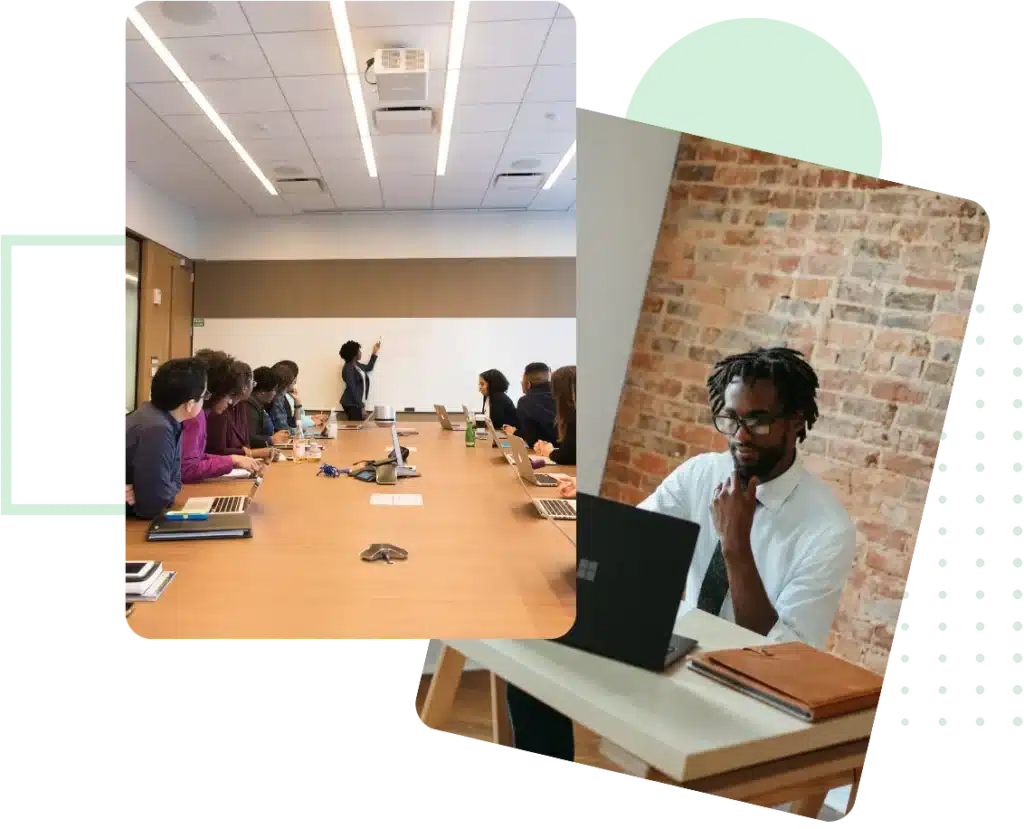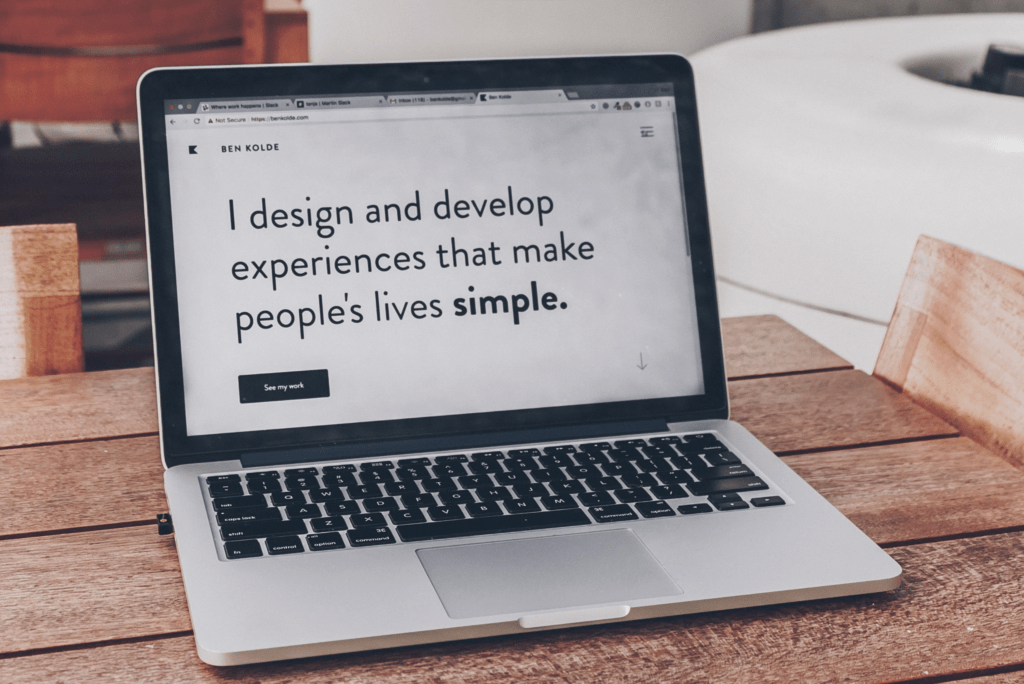Formation : Développez Vos Compétences Émotionnelles pour une Relation Client Performante
Dans un environnement professionnel de plus en plus axé sur l’expérience client, les compétences émotionnelles jouent un rôle crucial pour garantir des relations clients efficaces et satisfaisantes. Les entreprises reconnaissent de plus en plus l’importance de ces compétences pour améliorer la qualité des interactions avec les clients et renforcer la satisfaction globale. Notre formation sur les compétences émotionnelles vous guide pour maîtriser et activer vos ressources émotionnelles, afin de devenir un acteur clé dans la réussite des relations clients.
Comment développer ses compétences émotionnelles pour une meilleure relation client ?
Le développement des compétences émotionnelles est essentiel pour établir des relations clients solides et durables. Cela commence par la compréhension et la gestion de vos propres émotions. La gestion des émotions est un aspect fondamental qui vous permet de rester calme et posé, même dans les situations difficiles. Cette formation vous apprend à identifier vos émotions, à comprendre leurs déclencheurs et à les réguler de manière efficace.
Pour améliorer vos compétences émotionnelles, il est également crucial de développer votre empathie. L’empathie vous permet de vous mettre à la place de vos clients, de comprendre leurs préoccupations et de répondre de manière adaptée. En renforçant votre capacité à ressentir et à comprendre les émotions des autres, vous pouvez établir une connexion plus profonde avec vos clients, ce qui est essentiel pour une relation client réussie.
Techniques pour améliorer ses compétences émotionnelles en milieu professionnel
Améliorer vos compétences émotionnelles en milieu professionnel nécessite une approche structurée et des techniques adaptées. L’une des techniques les plus efficaces est la pratique de la communication interpersonnelle. Cette formation vous enseigne comment communiquer de manière claire et empathique, en utilisant des techniques d’écoute active et en choisissant les mots qui résonnent avec vos interlocuteurs.
Une autre technique consiste à développer votre intelligence émotionnelle. L’intelligence émotionnelle englobe la capacité à reconnaître, comprendre et gérer vos propres émotions, ainsi que celles des autres. Dans le cadre de notre formation, vous apprendrez à utiliser votre intelligence émotionnelle pour anticiper les besoins des clients, désamorcer les tensions et transformer les interactions difficiles en opportunités positives.
Impact des compétences émotionnelles sur la performance en service client
Les compétences émotionnelles ont un impact direct sur la performance en service client. Les employés qui possèdent des compétences émotionnelles développées sont mieux équipés pour gérer les situations de stress, répondre aux attentes des clients et maintenir un haut niveau de satisfaction. En effet, la capacité à gérer ses émotions permet d’éviter les réactions impulsives et de conserver une approche professionnelle, même dans les moments de pression.
De plus, une bonne gestion des émotions permet de créer un environnement de travail plus harmonieux et de réduire les conflits internes. Cela se traduit par une meilleure cohésion d’équipe et une collaboration plus efficace, ce qui est bénéfique pour le service client dans son ensemble.
Formation pour renforcer les compétences émotionnelles des managers
Les managers jouent un rôle crucial dans le développement des compétences émotionnelles au sein de leur équipe. Une formation dédiée permet aux managers d’acquérir les outils nécessaires pour identifier et développer ces compétences chez leurs collaborateurs. En renforçant leur propre leadership émotionnel, les managers peuvent mieux comprendre les besoins de leur équipe, apporter un soutien approprié et encourager un environnement de travail positif.
Un manager doté de compétences émotionnelles solides est également plus à même de prendre des décisions éclairées, en tenant compte des émotions et des motivations des membres de son équipe. Cela conduit à une meilleure gestion des ressources humaines et à une amélioration globale de la performance de l’entreprise.
Utiliser les compétences émotionnelles pour gérer les situations difficiles avec les clients
Gérer les situations difficiles avec les clients est l’une des épreuves les plus courantes dans le service client. Les compétences émotionnelles sont essentielles pour naviguer avec succès dans ces moments délicats. En restant calme et en contrôlant vos émotions, vous pouvez éviter les escalades et trouver des solutions constructives. Cette formation vous montre comment utiliser l’empathie pour comprendre le point de vue du client et adapter votre réponse de manière appropriée.
Nous vous enseignons également comment utiliser des techniques de communication interpersonnelle pour désamorcer les tensions et transformer une expérience négative en une opportunité de renforcer la relation client. Grâce à des exemples concrets et des mises en situation, vous serez prêt à faire face à toute situation difficile de manière sereine et efficace.
Exemples concrets de compétences émotionnelles dans la relation client
Les compétences émotionnelles se manifestent de différentes manières dans la relation client. Par exemple, un conseiller qui pratique l’écoute active peut identifier les besoins implicites d’un client, ce qui lui permet de proposer des solutions personnalisées. De même, un commercial qui maîtrise ses émotions lors d’une négociation est plus susceptible de conclure un accord satisfaisant pour les deux parties.
Un autre exemple concret est l’utilisation de l’intelligence émotionnelle pour gérer les plaintes des clients. Plutôt que de réagir de manière défensive, un professionnel émotionnellement intelligent saura reconnaître l’importance des sentiments du client, ce qui peut contribuer à apaiser la situation et à fidéliser le client à long terme.
Pourquoi les compétences émotionnelles sont essentielles en communication interpersonnelle
Les compétences émotionnelles sont au cœur de la communication interpersonnelle. Elles permettent de créer des interactions authentiques et efficaces, où les messages sont bien compris et les malentendus minimisés. En développant vos compétences émotionnelles, vous pouvez améliorer vos relations professionnelles, renforcer la collaboration au sein de votre équipe et établir des relations clients plus solides.
La gestion des émotions joue également un rôle clé dans la communication interpersonnelle. En étant conscient de vos propres émotions et en apprenant à les gérer, vous pouvez éviter les réactions impulsives et maintenir une communication claire et constructive, même dans des situations tendues.
Compétences émotionnelles : clés pour améliorer la satisfaction client
Les compétences émotionnelles sont essentielles pour améliorer la satisfaction client. Un service client qui fait preuve d’empathie et de compréhension crée une expérience positive pour le client, ce qui est crucial pour la fidélisation. En étant à l’écoute des émotions et des besoins des clients, vous pouvez adapter votre approche et offrir un service personnalisé qui dépasse les attentes.
De plus, une bonne communication interpersonnelle basée sur des compétences émotionnelles solides permet de résoudre les problèmes plus rapidement et de manière plus satisfaisante pour le client. Cela contribue à créer une image de marque positive et à encourager le bouche-à-oreille favorable.
Développer l’empathie et les compétences émotionnelles au travail
Développer l’empathie et les compétences émotionnelles au travail est un investissement précieux qui porte ses fruits tant au niveau individuel qu’organisationnel. En renforçant votre empathie, vous devenez plus apte à comprendre et à répondre aux besoins de vos collègues et clients, ce qui favorise un environnement de travail collaboratif et harmonieux.
Notre formation vous aide à développer ces compétences par le biais de techniques pratiques et d’exercices interactifs, vous permettant d’appliquer immédiatement ce que vous avez appris dans votre quotidien professionnel. En fin de compte, le développement des compétences émotionnelles au travail conduit à une meilleure qualité de vie professionnelle et à des performances accrues.
Conclusion
Les compétences émotionnelles sont une composante essentielle pour réussir dans le domaine de la relation client et au-delà. Que vous soyez un professionnel du service client, un manager ou un entrepreneur, notre formation vous donne les outils pour développer votre intelligence émotionnelle, améliorer votre gestion des émotions et renforcer vos capacités d’empathie. En maîtrisant ces compétences, vous serez en mesure de créer des relations clients plus solides, de gérer efficacement les situations difficiles et d’améliorer la satisfaction globale de vos clients.
Rejoignez notre formation pour transformer votre approche de la relation client et devenir un leader émotionnellement intelligent capable de faire la différence dans votre entreprise.


























